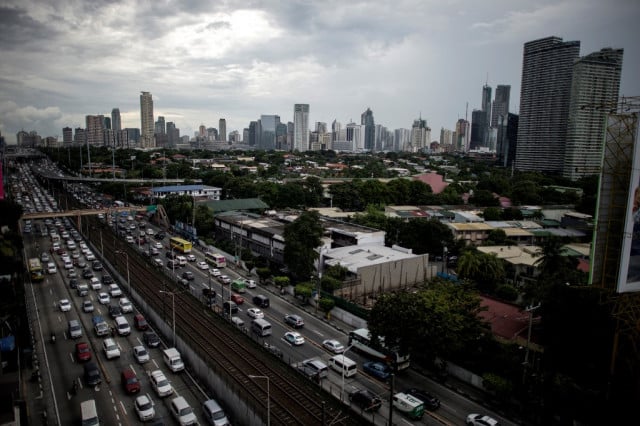World Bank urges better investment in infrastructure

- Thmey Thmey
- June 20, 2019 4:18 AM
New study finds investing in resilient infrastructure pays for itself four times over
PHNOM PENH --Low and middle-income countries could save $4.2 trillion over project lifetimes by investing in more resilient infrastructure, according to a new study.
Released in Washington late Wednesday, the report — by the World Bank and the Global Facility for Disaster Reduction and Recovery — found that each $1 invested in better infrastructure yield $4 in benefits.
The study looks at four sectors — power, water and sanitation, transport, and telecommunications. Making them more resilient is “critical” to avoid costly repairs and minimize the consequences of natural disasters on people, it says.
“Resilient infrastructure is not about roads or bridges or powerplants alone," World Bank President David Malpass said in a statement.
“It is about the people, the households and the communities for whom this quality infrastructure is a lifeline to better health, better education and better livelihoods,” he said.
“Investing in resilient infrastructure is about unlocking economic opportunities for people.”
Harm to households and firms
The report also found that an absence of resilient infrastructure harms people and firms more than previously understood.
Natural disaster damage to power generation and transport infrastructure is estimated to cost $18 billion a year in low and middle-income countries.
But wider disruptions to households and firms are “an even bigger problem,” the report found.
Such disruptions — along with poor maintenance and mismanagement — are estimated to cost households and firms at least $390 billion a year in low and middle-income countries.
‘Spending better’
John Roome, senior director for climate change at the World Bank, said it was “sound and profitable” to invest in resilient infrastructure.
“It is not about spending more, but about spending better,” he said. “It is cheaper and easier to build resilience if we look beyond individual assets, like bridges or electric poles, and understand the vulnerabilities of systems and users.”
With improved spending, lead author Stephane Hallegatte said systems could be better designed with greater flexibility so damages are localized and not spread through entire networks, crippling economies at large.
East Asia a ‘hotspot’ of vulnerability
The report noted that East Asia was a “hotspot” of infrastructure asset vulnerability to natural hazards and climate change.
"There are four East Asia countries among the top five countries globally in terms of risk to transport assets, and three out of five for the risk to power generation,” it said.
The report said East Asia also ranked high in expected annual damage from typhoons, earthquakes, surface flooding, river flooding and coastal flooding.
In terms of billions of dollars, China ranked first as the most vulnerable country in the world followed by Japan, Indonesia, the United States and Vietnam.
But low and middle-income countries were found to bear the highest damage costs relative to GDP, with Myanmar and Laos among the top five most vulnerable countries.
Financed by the Japan-World Bank Program for Mainstreaming Disaster Risk Management in Developing Countries, the report made five recommendations to governments, development banks and the private sector investing in infrastructure.
These included getting the basics right, building institutions for resilience, including resilience in regulations and incentives, and improving decision making. The fifth was to provide the right kind of financing at the right time.
“For instance, small amounts of resources can support regulators and be used at the early stages of infrastructure design compared to the billions needed to repair and recover in the aftermath of a disaster,” the report said.















